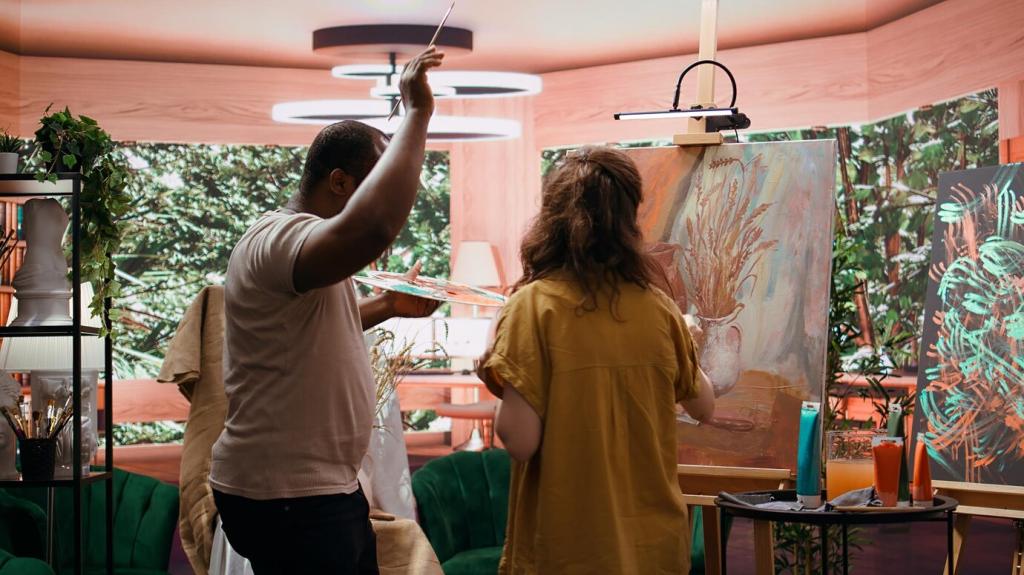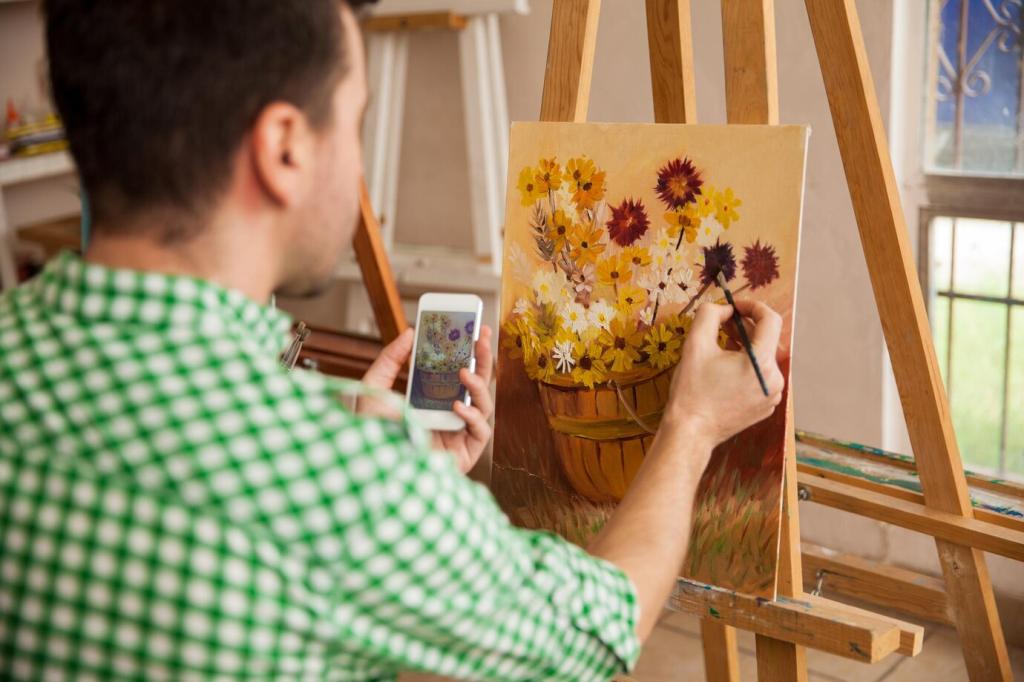Georges Braque: Architect of Space
Braque simplified rooftops into sturdy blocks, echoing Cézanne’s geometry. A critic dismissed the forms as little cubes—and an era found its name. The painting feels like a village caught in a prism, familiar yet utterly reimagined.
Georges Braque: Architect of Space
This canvas hangs a nail in trompe-l’œil, teasing our trust in illusion while the violin fractures into planes. Braque reminds us that realism and abstraction are neighbors. Your eye toggles, negotiating truth between touchable and thought.
Georges Braque: Architect of Space
Stenciled letters drift across the surface like café signage carried by wind. A musician emerges, then recedes, in a lattice of angles. Braque teaches us to read painting like a city street: letter, texture, echo, pause.




